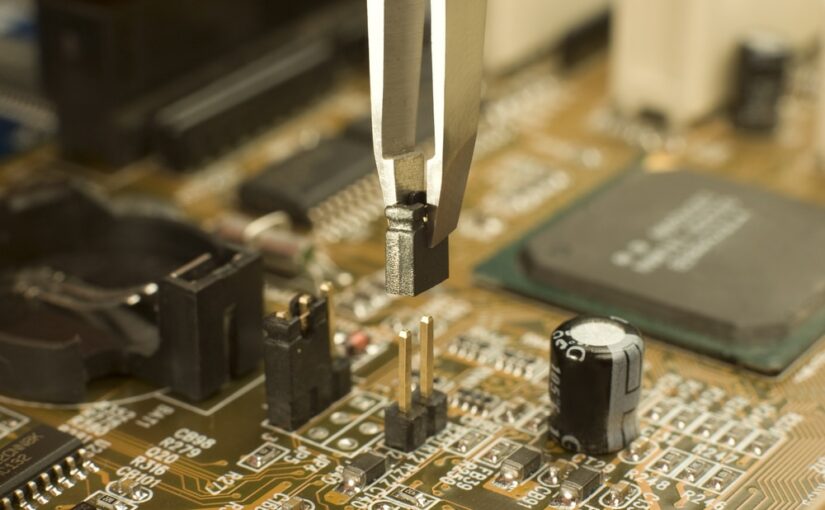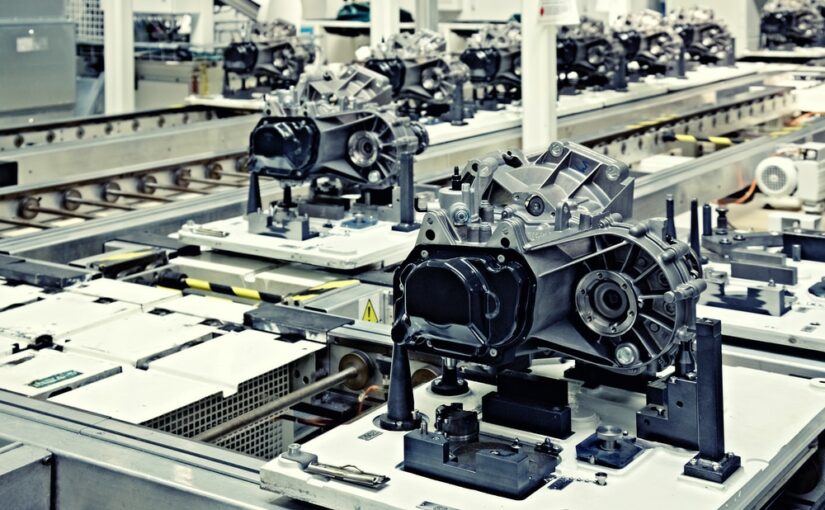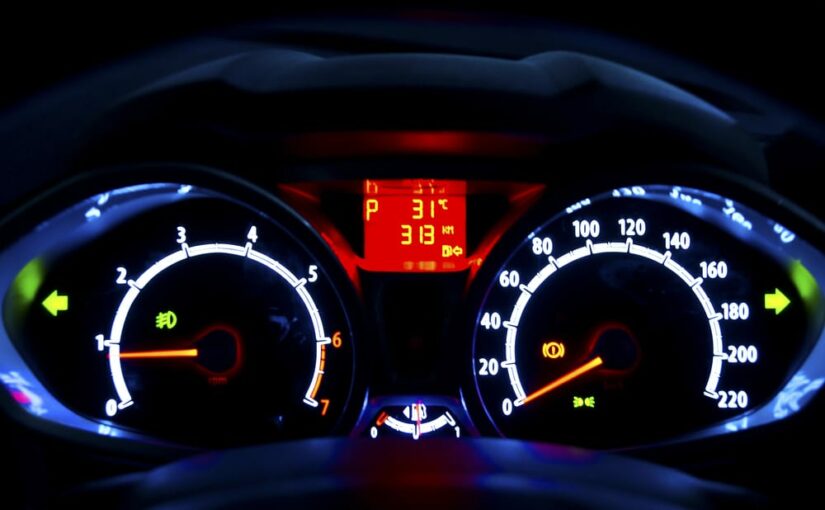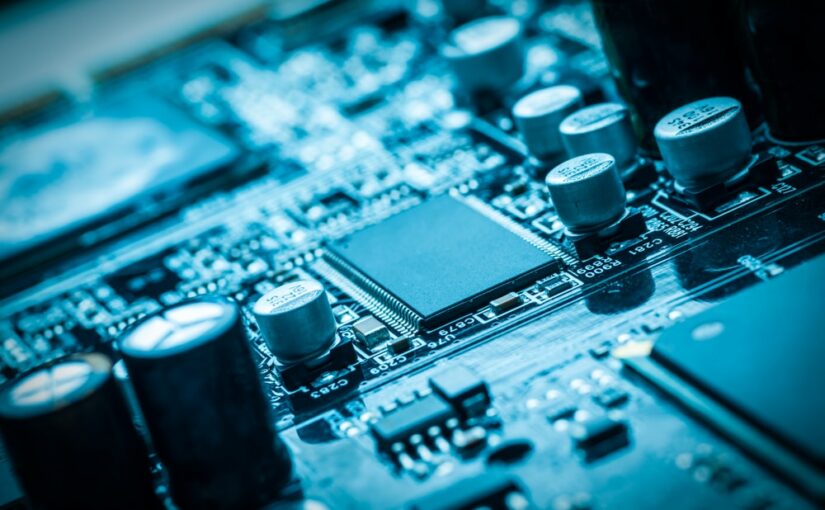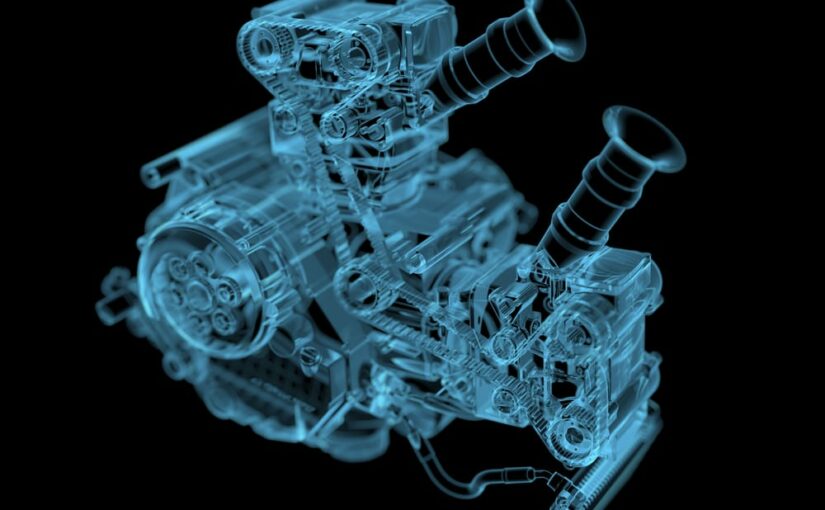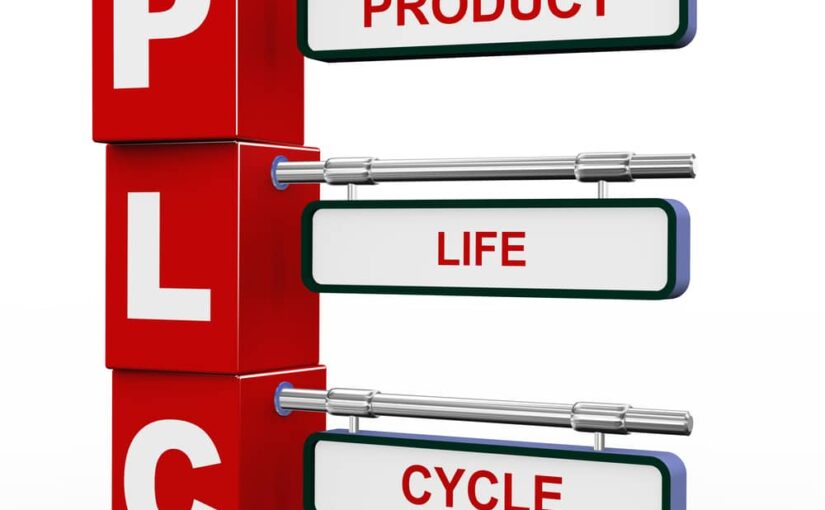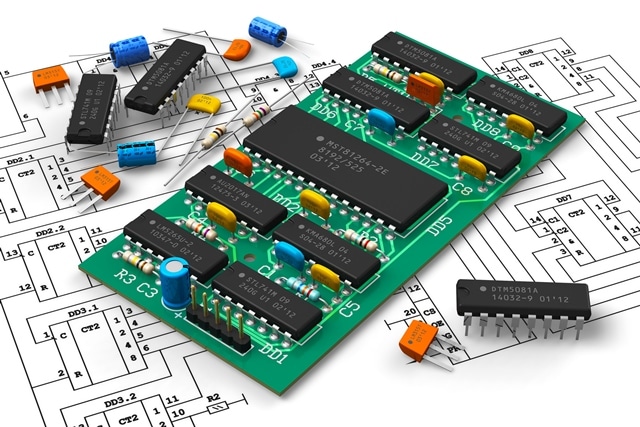Developments in CAD Animation
The old-fashioned method of meticulously drawing and then photographing images to create a moving picture came to an end at the close of the 20th century. Then, animators began scanning or drawing their images onto computers, using CAD drawing software. CAD animation opened up enormous possibilities, not only in movie making, but in mechanical design as well. CAD drafting was already well known, but now engineers could see how mobile designs, such as cars and machinery, would actually look in performance. Computational fluid dynamics and fatigue analysis became possible too.
The latest development has been 2D to 3D conversion of images and 3D CAD animation. It seems now that every new animated movie sells itself on the strength of its 3D animation, and again the implications on mechanical design have been enormous. Not only can you create the illusion of movement within your model, but you can also look at it from all angles and, again, utilize CFD.
There are a number of different types of CAD animation, some of which are used in engineering design.
Morph target animation: Images are stored as a series of vertex positions, moving each vertex to a new position, frame by frame. Used for animation of, for example, fabric and facial expressions. Again, widely used in advertising.
Skeletal animation: Used to animate vertebrate movement, it is also widely used in mechanical design. In this case the ‘skeleton’ is a mechanical one. We at Enventure technologies offer CAD animation as one of our reverse engineering services; a field in which it has proven invaluable.


